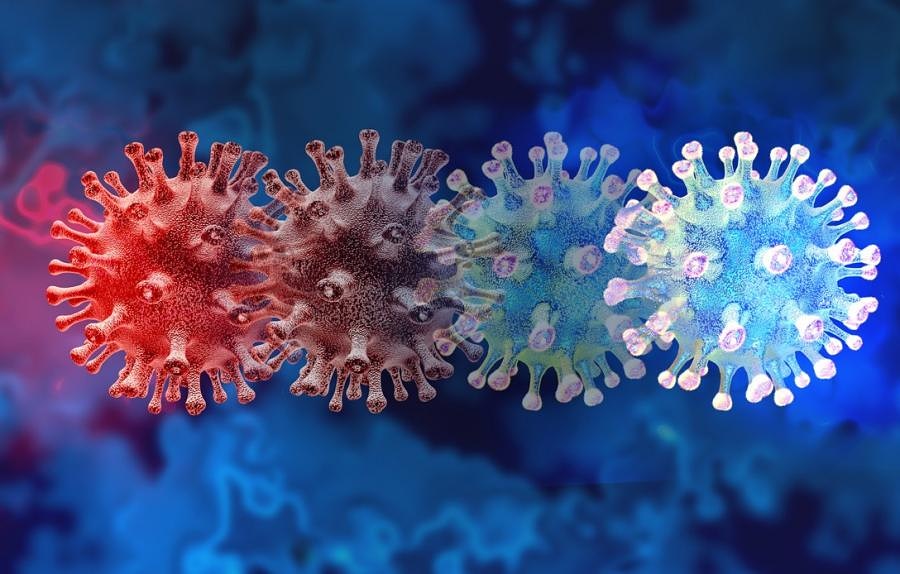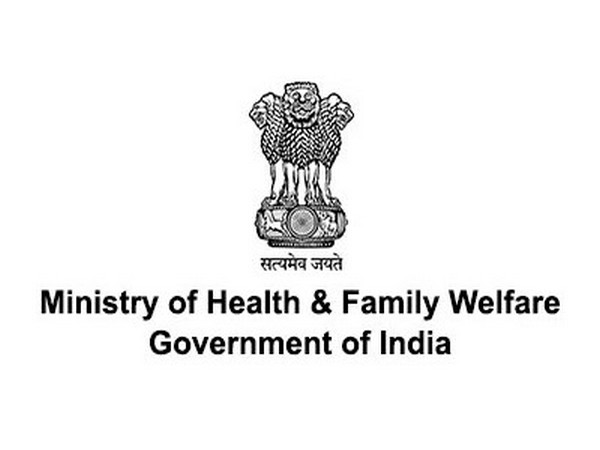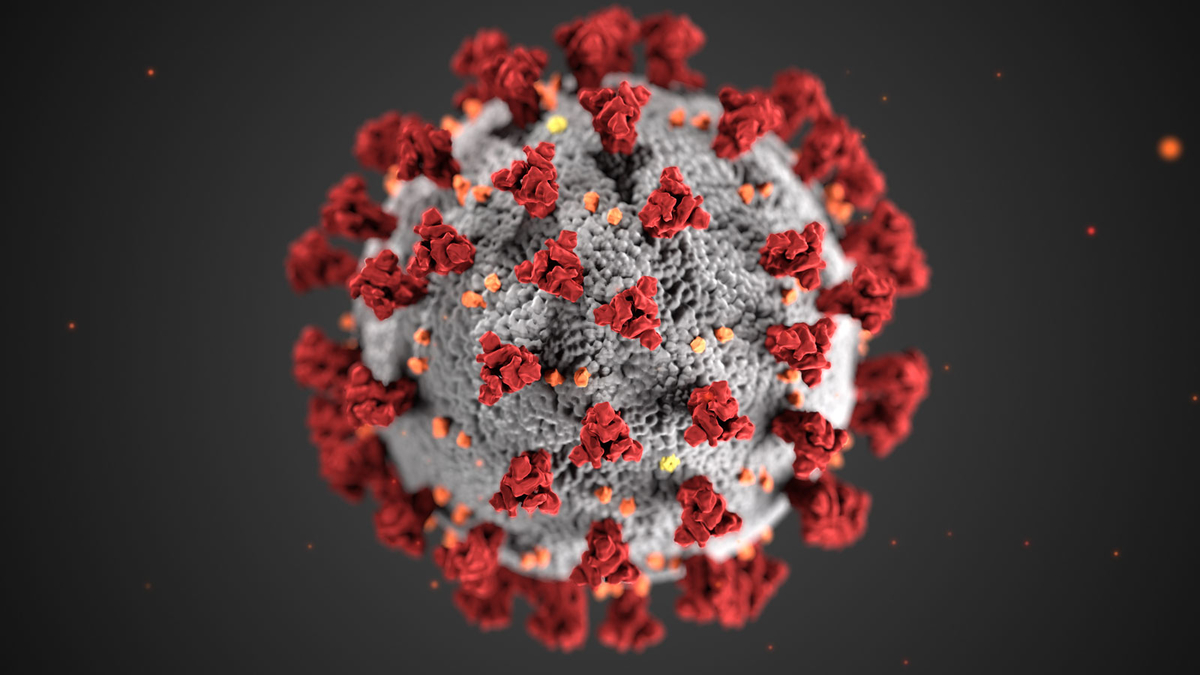India crossed 100,000 new daily infections on Sunday, and its wealthiest state Maharashtra has emerged as the epicenter. It halted all non-essential services, ordered private companies to work from home, and shut malls and restaurants through April.
Other states have also imposed restrictions though none as severe. After new variants from the UK were discovered in several inbound passengers, India set up a consortium of 10 state-run laboratories to sequence positive tests samples in December. However, between January and March the country has only studied 11,064 of its samples, the ministry of health said at a briefing on March 30, which is less than 0.6% over that period.
India doesn’t have enough data on the new variants to explain the steep, nine-fold jump in infections from around 11,000 daily new cases in early February, said Bhramar Mukherjee, a professor at the School of Public Health at the University of Michigan. “We are essentially reverse engineering to explain the features of the virus curve as we do not have credible data on variants of concern and genomic surveillance,” Mukherjee said. “The more you let the infection spread the more chances of the virus mutating.”




